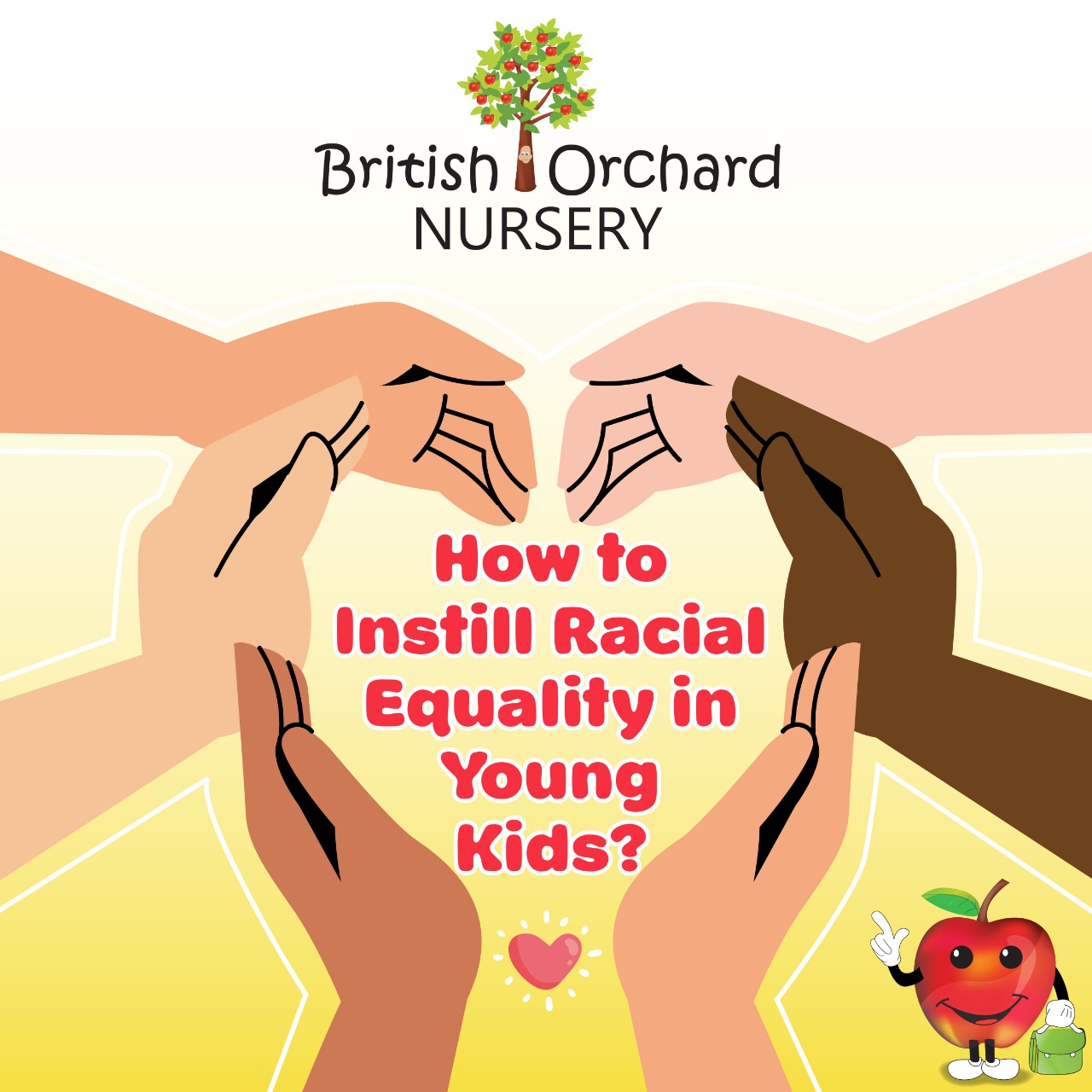
2020 has been a testing year, however looking away from the biggest event of the year we can clearly notice the racially- charged current events: Black Lives Matter.
What is the movement Black Lives Matter i.e. BLM? BLM is a human rights movement, the statement itself Is used for people to show their support for the black community who have faced cruel and unfair treatment.
As parents, teachers and siblings we are more aware of the problem facing the black community and voice our views on the matter, now how do you go about teaching children from a very early stage in their lives about Racism and Racial Equality.
Teaching children at a very young age about racial equality can be tough, but by talking about It and opening an honest clear dialogue you show them that its okay to talk about race.
According to psychologist and parent coach Dr. Ann Louise Lockhart the following are steps to talking to your children about race:
1. Dismantle your own racism.
2. Practice racial- conscious parenting instead of colour blind parenting.
3. Prepare an environment that invites conversations diverse toys media and relationships.
4. Talk about differences in hair, skin, eyes.
5. Help explain the differences they see and to celebrate them.
What is meant by dismantle your own racism?
Consciously we all believe we aren't racist or have racist thoughts that could actually have an impact on anyone. That's not true, when you dismantle your own racism, you're tearing down small walls you might not know you have built against a certain group of people. Its extremely important you start with said point because children are sponges they take in everything, they pick up on things we do not notice and mimic our behaviours.
Being colour blind means avoiding seeing race, the majority of us think that’s a good practice, ' "Hey I'm teaching my children to not see colour" , instead practice teaching your children to see race and RESPECT everyone’s diverse heritages and backgrounds.
A child’s environment plays a huge role in how they take in information and act on it. Introduce diverse media to their content, books and videos of different people. Pick play dates wisely don't put your own children in a box of specifics, let them be open to playing and communicating with ALL the children around them.
EDUCATE your children in the differences around them, how to treat others and how to respect diverse cultures and skin tones. It is not enough to just inform them, keep reinforcing using their environment to your benefit.
"To bring about change, you must not be afraid to take the first step. We will fail when we fail to TRY." - Rosa Parks
